ML Definition
Our definition before...
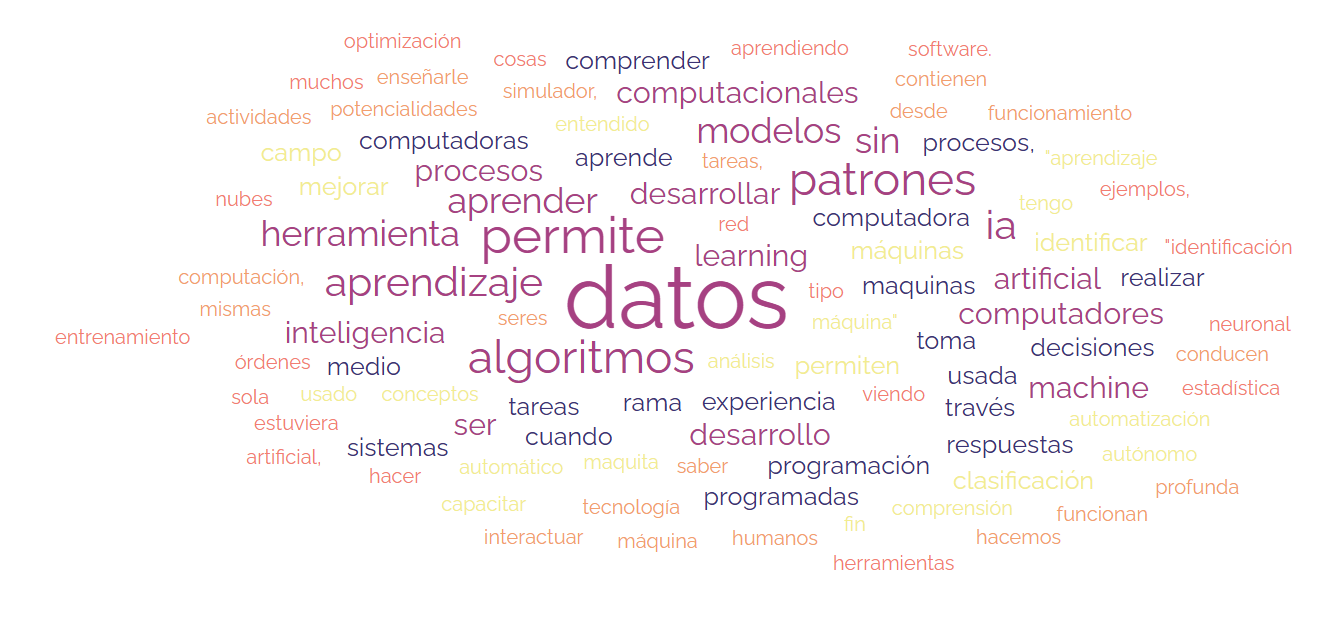
ML Definition
ML Definition
Our ML projects must have a purpose...

The "Technocentric" View
The "Technocentric" View
The "Technocentric" View

The "Technocentric" View


The "Technocentric" View

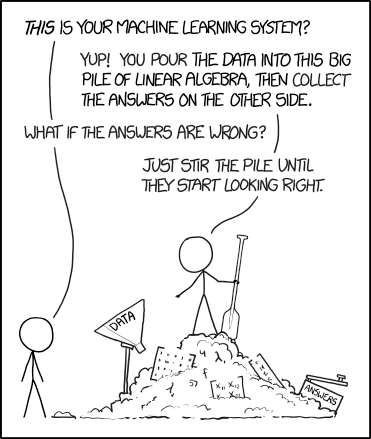
The "Technocentric" View

| Learning Model | Accuracy |
|---|---|
| Model v1 | 88% |
| Model v2 | 90% |
| Model v3 | 98% |
The "Technocentric" View

| Learning Model | Accuracy |
|---|---|
| Model v1 | 88% |
| Model v2 | 90% |
| Model v3 | 98% |
The "Technocentric" View

| Learning Model | Accuracy |
|---|---|
| Model v1 | 88% |
| Model v2 | 90% |
| Model v3 | 98% |
Does Model v3 satisfy users' requirements?
The "Technocentric" View

| Learning Model | Accuracy |
|---|---|
| Model v1 | 88% |
| Model v2 | 90% |
| Model v3 | 98% |
Does Model v3 satisfy users' requirements?
For example:
- Users require accurate and fast responses
- The project budget is limited
- The system must be user-friendly
- Users with disabilities must be prioritised
- ...
The "Technocentric" View

Threat to AI applications and promises
- Mundane applications for problems we did not know we had
- Disregard for social and environmental implications
- Unrealistic expectations and hype
- Exclusion of diverse perspectives and voices
- Unsustainable technologies
- Increased inequality and digital divide
- Security and privacy concerns
- ...
The "Technocentric" View

"Grok referenced the debunked conspiracy theory of “white genocide” in South Africa in reply to unrelated prompts, such as questions about baseball or humorous requests to talk like a pirate. " (May, 2025)
"ChatGPT suggested a dangerous route to tourists hiking in the mountains in Poland and resulted in the hikers having to be rescued." (January, 2025)
"Steve Talley, a financial adviser in Denver, Colorado, was wrongfully arrested twice for bank robberies he did not commit, based on flawed facial recognition technology and questionable identification procedures." (September, 2014)
Learn more at the AIAAIC Repository
Context Matters
Context Matters
Context Matters
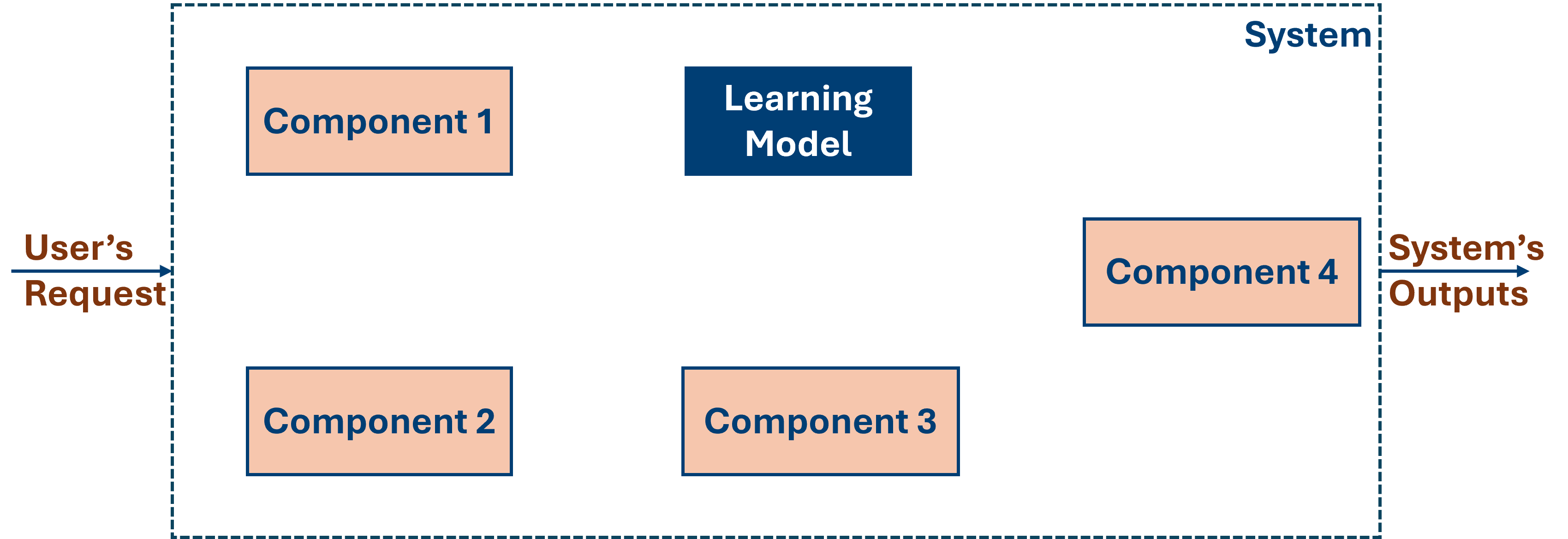
Context Matters
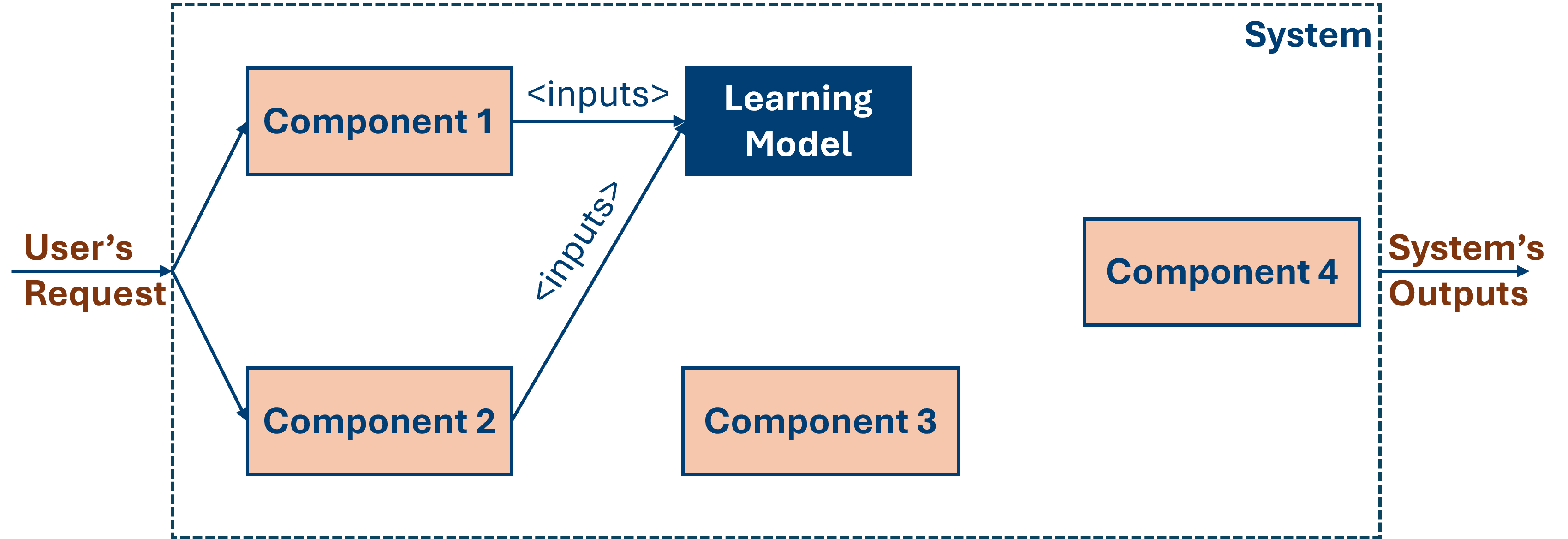
Context Matters
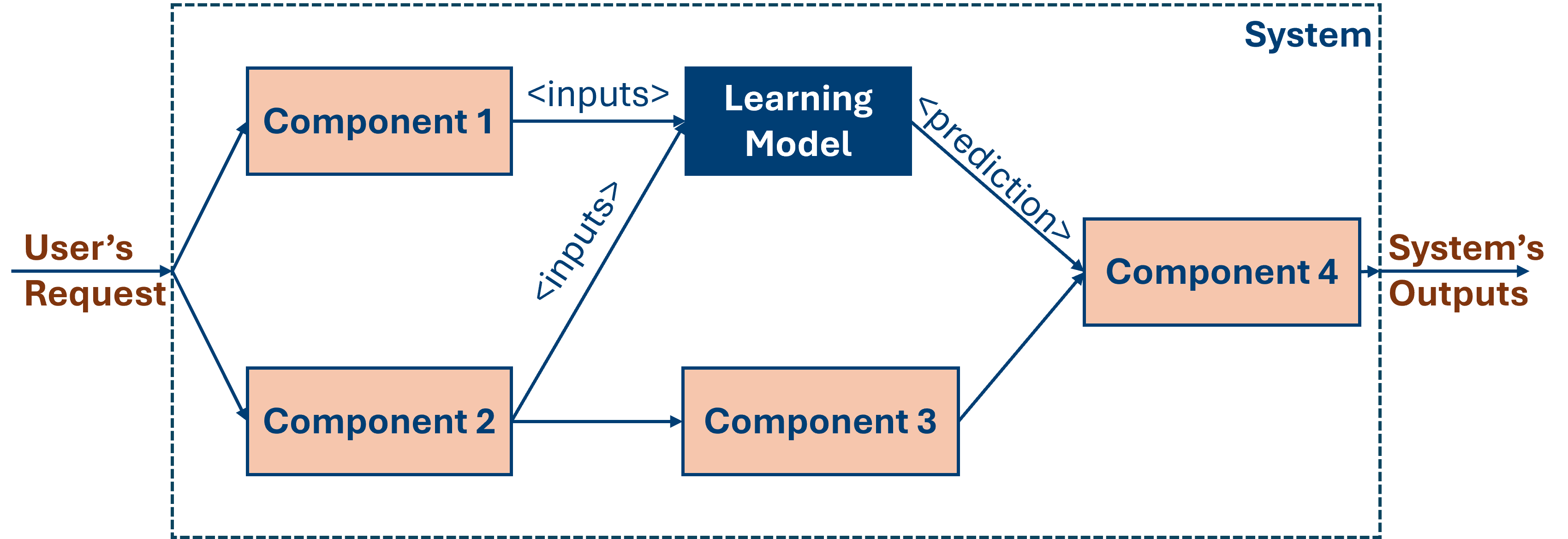
Context Matters

Context Matters

| Learning Model | Accuracy |
|---|---|
| Model v1 | 88% |
| Model v2 | 90% |
| Model v3 | 98% |
Context Matters

Latency Requirement
(< 5 secs)
| Learning Model | Accuracy |
|---|---|
| Model v1 | 88% |
| Model v2 | 90% |
| Model v3 | 98% |
Context Matters

Latency Requirement
(< 5 secs)
| Learning Model | Accuracy | Latency |
|---|---|---|
| Model v1 | 88% | 3 secs |
| Model v2 | 90% | 4 secs |
| Model v3 | 98% | 10 secs |
Context Matters

Resource Limitations
(Low budget)
| Learning Model | Accuracy | Latency |
|---|---|---|
| Model v1 | 88% | 3 secs |
| Model v2 | 90% | 4 secs |
| Model v3 | 98% | 10 secs |
Context Matters

Resource Limitations
(Low budget)
| Learning Model | Accuracy | Latency | Resource Demand |
|---|---|---|---|
| Model v1 | 88% | 3 secs | Low |
| Model v2 | 90% | 4 secs | Medium |
| Model v3 | 98% | 10 secs | High |
Context Matters

Resource Limitations
(Low budget)
| Learning Model | Accuracy | Latency | Resource Demand |
|---|---|---|---|
| Model v1 | 88% | 3 secs | Low |
| Model v2 | 90% | 4 secs | Medium |
| Model v3 | 98% | 10 secs | High |
Context Matters

Data Science Africa (DSA)
Data Science Africa (DSA)
Data Science Africa (DSA)

Learn more at https://www.datascienceafrica.org/
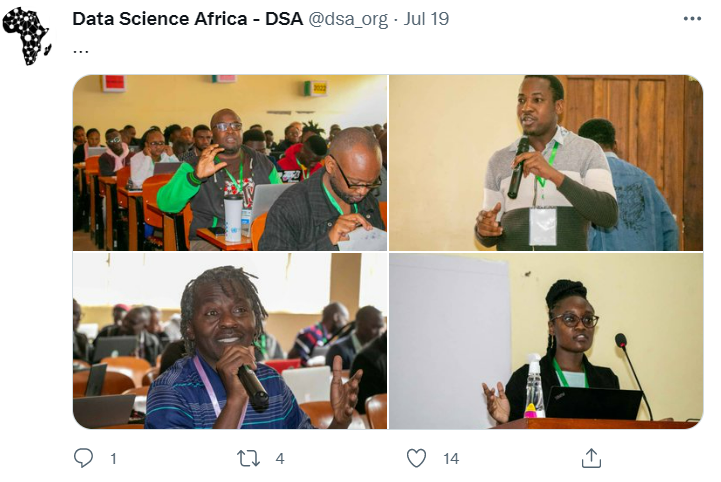
Data Science Africa (DSA)

Learn more at https://www.datascienceafrica.org/
The Ecosystem:
- Community of universities around the continent
- Inclusive training programmes
- Technical knowledge
- Students with initiative
Data Science Africa (DSA)

Learn more at https://www.datascienceafrica.org/
Social Problems:
- Food security and hunger
- Poverty and inequality
- Healthcare issues (e.g., epidemics)
- Access to clean water and sanitation
- Gender inequality and violence
- Access to quality education
- Climate change and environmental problems
- ...
Data Science Africa (DSA)

Data Science Africa (DSA)


Data Science Africa (DSA)
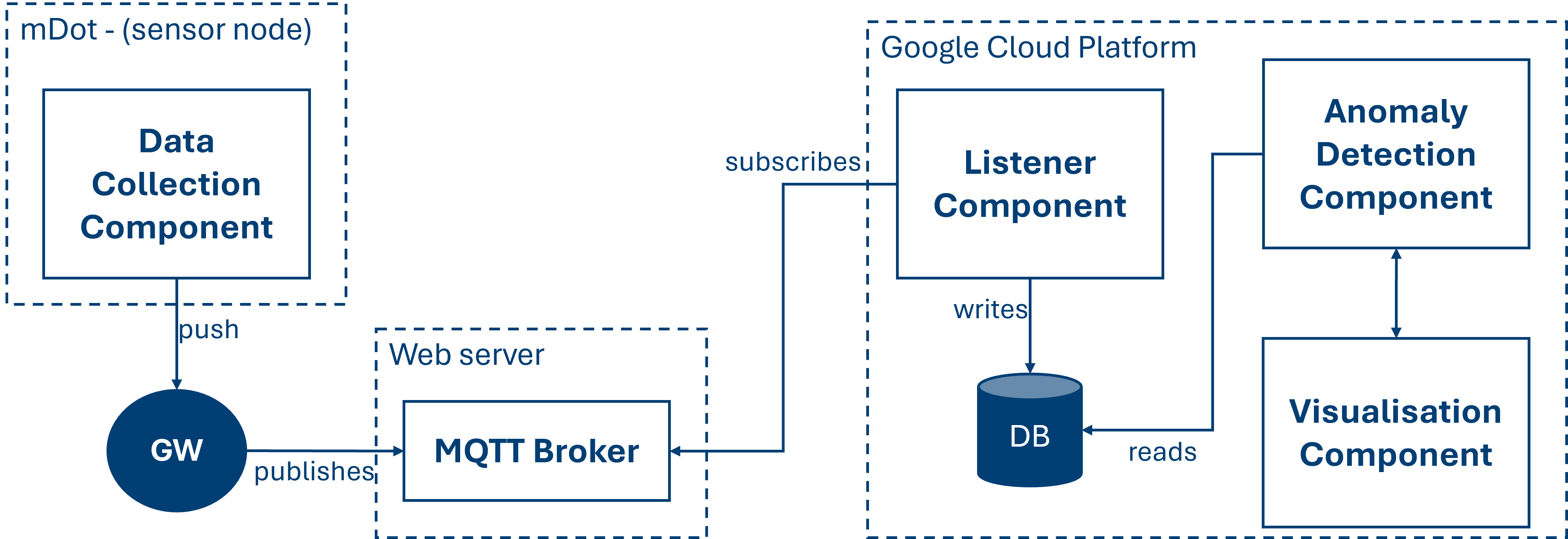
Data Science Africa (DSA)

The ML Adoption Process
The ML Adoption Process

The ML Adoption Process

The ML Adoption Process

The ML Adoption Process

The ML Adoption Process

The Problem First
The Problem First
The Problem First

The Problem First

The Problem First

Important questions:
- What are the people's needs?
- Why is the problem important?
- What are the problem constraints?
- What are the important variables to consider?
- What are the relevant metrics?
- What is the data we need?
- Do we need ML?
- ...
The Problem First

The Problem First
The systems engineering approach is better equipped than the ML community to facilitate the adoption of this technology by prioritising the problems and their context before any other aspects.
The Systems Engineering Approach
The Systems Engineering Approach
The Systems Engineering Approach
The Systems Engineering Approach
The Systems Engineering Approach in Times of LLMs
The Systems Engineering Approach in Times of LLMs
How does current research use the systems engineering approach to address challenges similar to the ones LLMs impose on socio-technical systems?
The Systems Engineering Approach in Times of LLMs

The Systems Engineering Approach in Times of LLMs
LLMs Applications Challenges
- Alignment and reliability
- Interpretability and accountability
- Maintainability and sustainability
- Security and privacy

The Systems Engineering Approach in Times of LLMs
LLMs Applications Challenges
- Alignment and reliability
- Interpretability and accountability
- Maintainability and sustainability
- Security and privacy
Research Question: How can we address these challenges to deploy LLMs into socio-technical systems effectively and safely?
The Systems Engineering Approach in Times of LLMs
LLMs Applications Challenges
- Alignment and reliability
- Interpretability and accountability
- Maintainability and sustainability
- Security and privacy
Research Question: How can we address these challenges to deploy LLMs into socio-technical systems effectively and safely?
Hypothesis: The Systems Engineering approach can help by prioritising the problem and its context before any solution.
The Systems Engineering Approach in Times of LLMs
LLMs Applications Challenges
- Alignment and reliability
- Interpretability and accountability
- Maintainability and sustainability
- Security and privacy
Research Question: How can we address these challenges to deploy LLMs into socio-technical systems effectively and safely?
Hypothesis: The Systems Engineering approach can help by prioritising the problem and its context before any solution.
The Systems Engineering Approach in Times of LLMs
LLMs Applications Challenges
- Alignment and reliability
- Interpretability and accountability
- Maintainability and sustainability
- Security and privacy
A survey of research works that apply systems engineering principles to address these challenges when deploying AI-based systems.
The Systems Engineering Approach in Times of LLMs

A survey of research works that apply systems engineering principles to address these challenges when deploying AI-based systems.
The Systems Engineering Approach in Times of LLMs
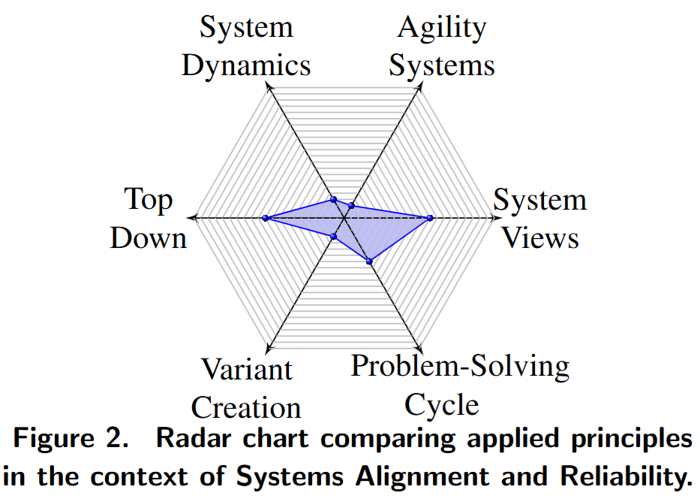
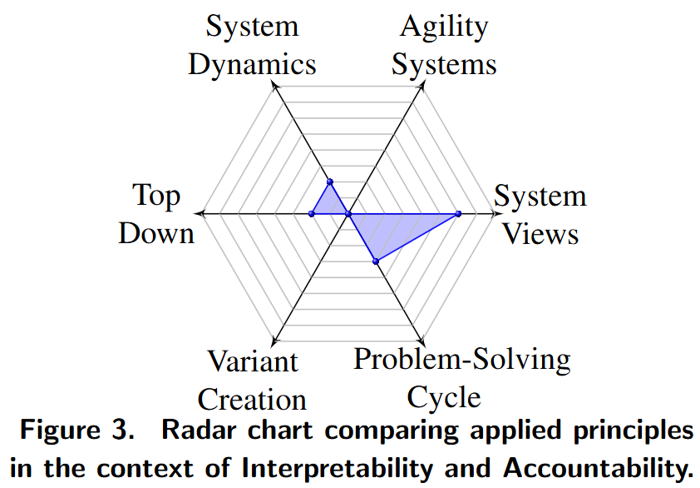
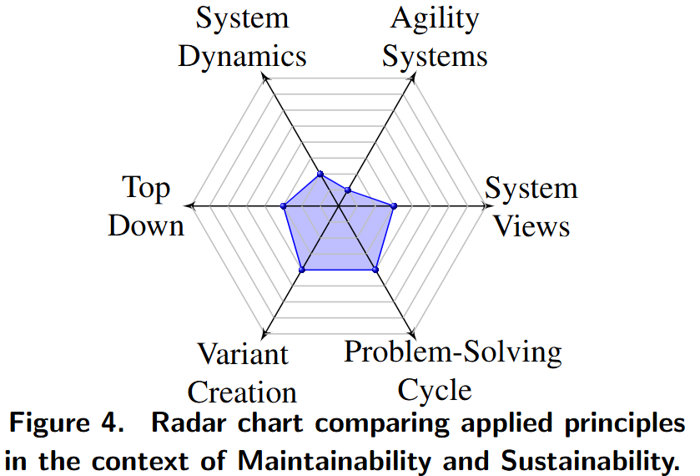
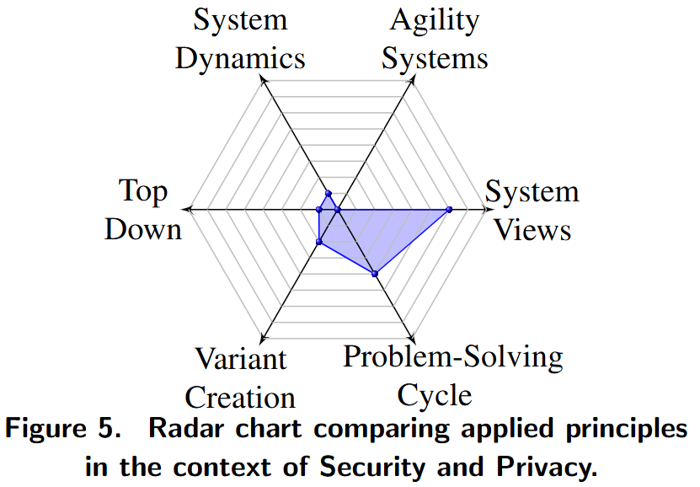
The Systems Engineering Approach in Times of LLMs
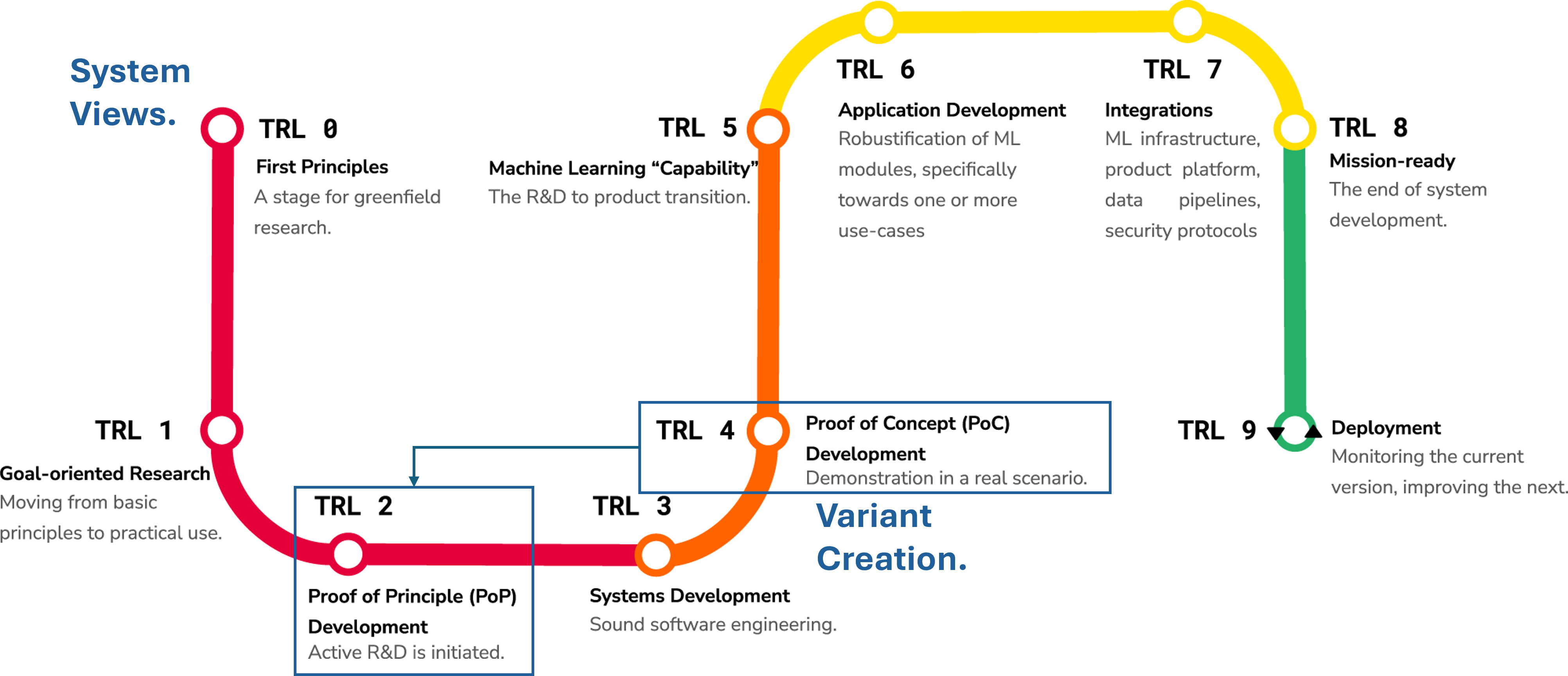
MLTRL - Technology Readiness Levels for Machine Learning Systems
Learn more at (Lavin et al., 2022)
The Systems Engineering Approach in Times of LLMs

The Systems Engineering Approach in Times of LLMs
PAISE® – Process Model for AI Systems Engineering
Learn more at (Hasterok & Stompe, 2022)
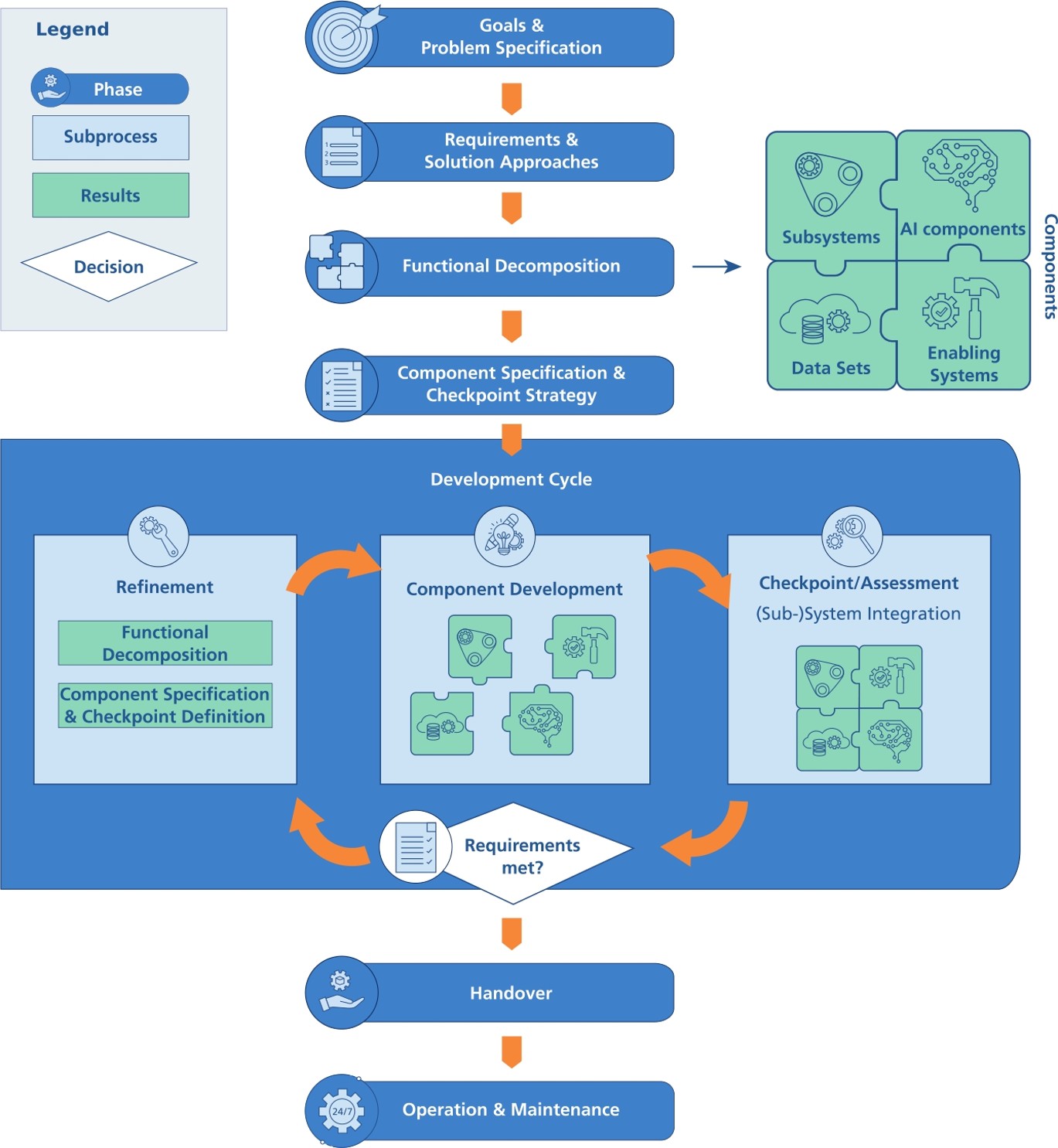
The Systems Engineering Approach in Times of LLMs

ACDANS – System of Systems Engineering Approach for Complex Deterministic and Nondeterministic Systems
Learn more at (Hershey, 2021)
The Systems Engineering Approach in Times of LLMs


The Systems Engineering Approach in Times of LLMs
Results contrast with the way we work today.
"Move Fast and Break Things" (Zuckerberg, 2014)
- Move fast and deliver working software
- Embrace failure as a learning opportunity
- Prioritise speed and agility
- ...

The Systems Engineering Approach in Times of LLMs
Results contrast with the way we work today.
"Move Fast and Break Things" (Zuckerberg, 2014)
- Move fast and deliver working software
- Embrace failure as a learning opportunity
- Prioritise speed and agility
- ...

The Systems Engineering Approach in Times of LLMs
Inserting ML components in our software systems lowers the bar for these systems to be qualified as critical systems. Learn more at (Cabrera et al., 2025)
We need to be careful when designing, developing, deploying, and decommissioning ML-based systems.

Conclusions
Conclusions
Overview
- The "Technocentric" View
- Context Matters
- Data Science Africa (DSA)
- ML Adoption Process
- The Problem First
- The Systems Engineering Approach
Conclusions
Overview
- The "Technocentric" View
- Context Matters
- Data Science Africa (DSA)
- ML Adoption Process
- The Problem First
- The Systems Engineering Approach
Next Time
- Data-orientation
- Data Science Concepts
- Data Analysis Methodology
- Access, Assess, Address